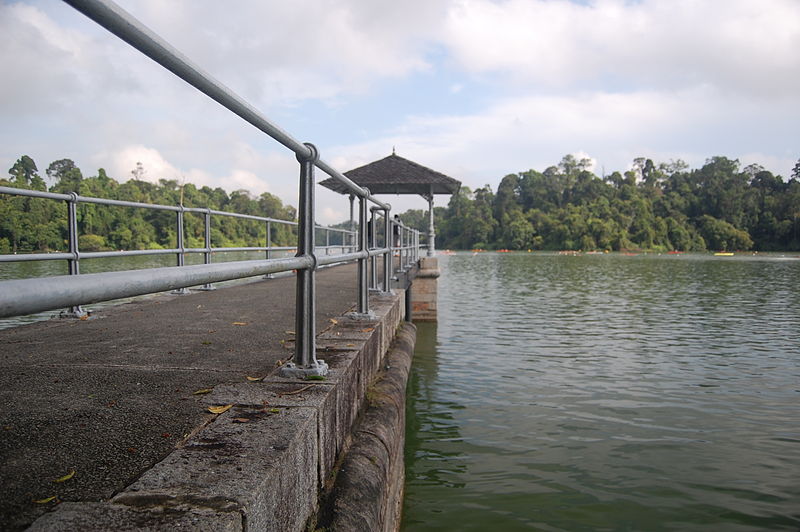Indiana has a strong water supply, but several factors related to population growth trends highlight the need for future planning, a recent study revealed.
The Indiana Chamber of Commerce recently released follow-up research on a 10-year-old study intended to help set the stage for an integrated water management plan for the state, the chamber said.
The population in Central Indiana is growing rapidly, and estimates of future demand suggest another 50 million gallons per day of supply will be required to meet the needs of the region by 2050, the study reported.
Indiana does not have statutes in place that require regional or state water planning — something the chamber hopes to begin changing during the state’s next legislative session.
“Water is such a critical resource for all Hoosiers and it’s imperative to assess current levels as well as help legislators and planners put Indiana in a strong position for the future,” Chamber CEO Vanessa Sinders said. “We’re grateful for the contributions of all involved in this important study, which we hope can help inform next steps for local and state officials.”
For the Indiana Chamber, the study release is phase one.
“Between now and the start of the legislative session, our organization will be meeting with key lawmakers to share the research and work collaboratively to help shape policy in 2025,” Sinders said. “We also will be reaching out to local chambers and government officials across the state to highlight these findings and talk about what this means in their communities and how we can partner on enhanced resource planning.”
General findings in the new report revealed water in the state is plentiful, but not evenly distributed, with distinctions due to geography and resources. Aquifers are more plentiful in the north, while southern communities rely on reservoirs and water distribution from neighboring communities.
Total withdrawal for industrial use has continued to decline. However, they may add capacity regionally as opportunities open for new development, the study said.
“Microchip manufacturers, data centers, and EV battery plants have looked to Indiana because of its suitability and history of manufacturing,” the study said. “While industrial uses have seen almost steady decline when the automotive sector globalized, new ‘hard-tech’ industries are again considering moving to Indiana.
“To avoid conflict, new plants need to have access to adequate cooling and process water and have some guidance for planning new wastewater returns.”
Other findings include that groundwater use is increasing, and irrigation is expanding as growth in the state continues to drive water demand.
“What we have to do is think about how future demand might be distributed and how that looks, whether it’s a matter of organic growth from cities or whether we’re actually building mega developments in particular areas,” said Jack Wittman, project leader and vice president and principal water resource hydrologist for INTERA, which was commissioned to lead the study. “In either case, we have to understand what the effects of high demand for water might be in different basins.”
Using the water study findings to craft meaningful legislation and processes will be the next phase of work. State and federal action will undoubtedly be key, but governments closer to the sources also should play a role, Wittman said.
“There are experiences that counties have now with being more directly involved in the question of water,” Wittman explained. “That needs to be brought to the table and considered.”
Other recommendations in the study include
- Further emphasis on planning.
- Continued coordination by the Indiana Finance Authority.
- Finding sustainable funding sources; establishing criteria for setting environmental flows and a framework for data monitoring.
- Developing guidance for regional plans.
- Cultivating a living state water plan to build on regional plans.
Photo by edwin.11













